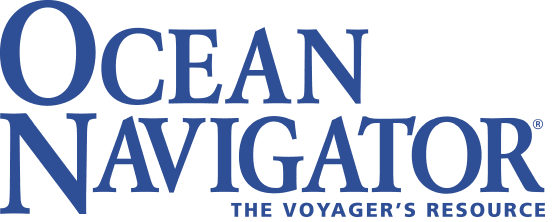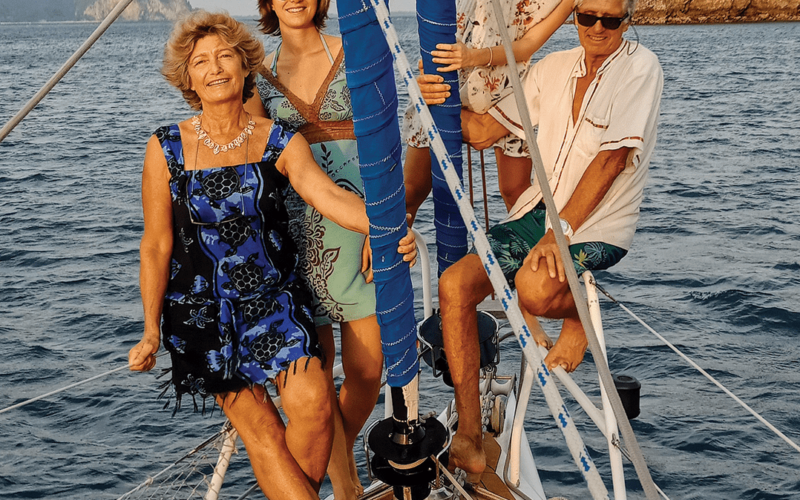Corinne Gau-Tchekov and Michel Gau voyage aboard their Alliage 49 aluminum monohull, Ganesh. They left France in 2011 after Michel’s retirement and have been sailing around the world on a six-month-at-sea/six-month-on-land rhythm, leaving Ganesh in various boatyards along the way. Having crossed the Atlantic and Pacific oceans, then cruised for six years in Southeast Asia, they are currently in Malaysia, almost ready to cross the Indian Ocean. Corinne and Michel have been married for 37 years, and they started sailing in 1987, just after the birth of their first daughter, Marina. In 1990, they took a sabbatical year on their…
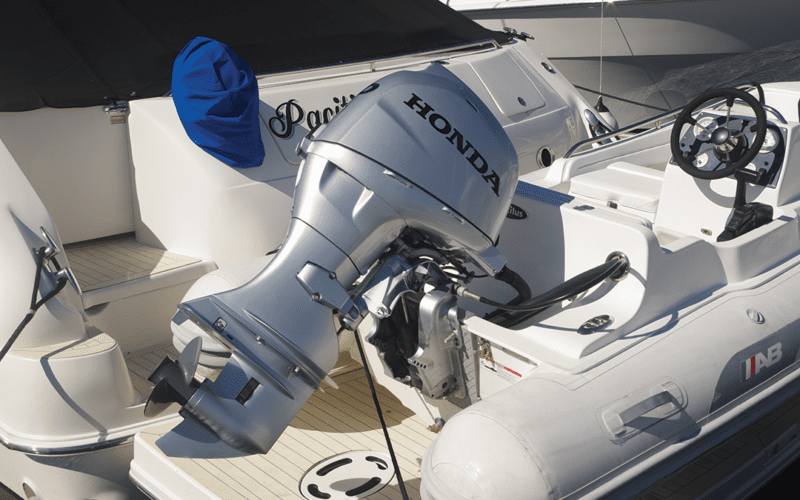
There is nothing quite so discouraging as finding your outboard motor won’t start after a period of non-usage, or even worse, after arriving in a new port with our anticipation of dinghying ashore to do some exploring. We have all been there, cursing at our non-functioning motors as we slowly row off while our crew pretends they aren’t noticing. Don’t be Fuelish However, there are a few simple things you can do to avoid outboard despair. The basic requirements of any gasoline-powered internal combustion engine are clean fuel, clean air and a good spark at the right interval. Of course,…

No less an authority than Don Street claims the first vane steering appeared in the 1930s on model sailboats such as ply the ponds of Central Park. In his 1973 classic, The Ocean Sailing Yacht, Street writes that not until 1955 was vane steering fitted on yachts in the servo-pendulum form invented by Colonel H.D. “Blondie” Hasler, who, Street writes, “should probably be regarded as the father of the vane self-steering gear.” There are two fundamental types of vane self-steering, servo-pendulum and auxiliary rudder. In servo-pendulum steering, a windvane links to a paddle immersed in the water. When the yacht…
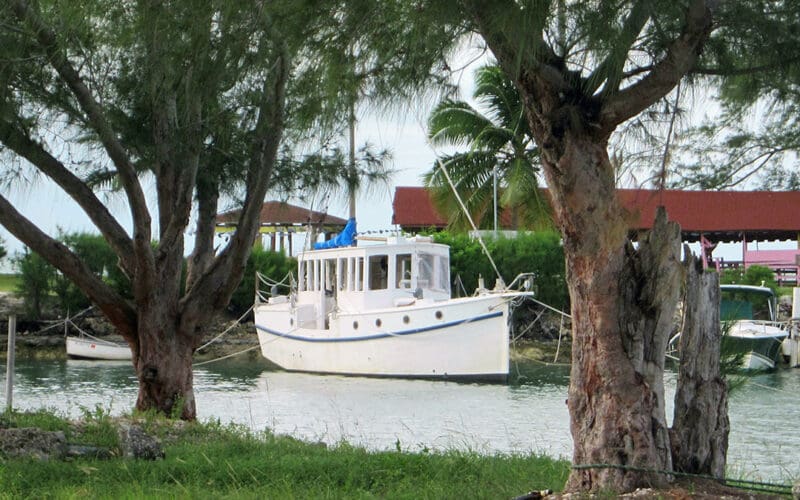
Liveaboards and cruisers since 1997, Rudy and Jill Sechez built both of their cruising boats, first a 36-foot wooden cutter, and later, their current 34-foot sail-assisted wooden trawler Briney Bug, which they designed themselves. The Sechezes are interesting because they are something of an outlier among modern liveaboard voyagers in the way they stress radical simplicity. In their approach to voyaging, they strive to operate their vessel with a minimum of systems on board. Their cruising grounds are primarily Florida and the Bahamas. Over the years they have also traveled the east coast of the U.S., some of the Great…
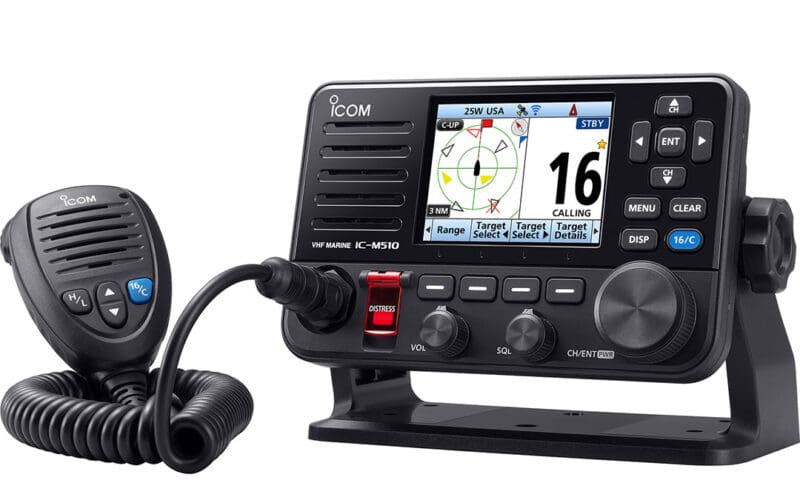
The mad rush to keep up with rapid advances in electronics for offshore sailing vessels can get our heads spinning. Every time we invest in the latest satellite telephone, WiFi-capable chartplotter or virtual instrument display, a newer, better unit enters the market, and many of us cannot wait to invest in the most current technology. If there is one piece of equipment always evolving and always worth having in the latest version, however, it is the humble VHF radio. Over the last 30 years of coastal and offshore sailing, I personally have owned four permanent-mount VHF radios and two handhelds,…
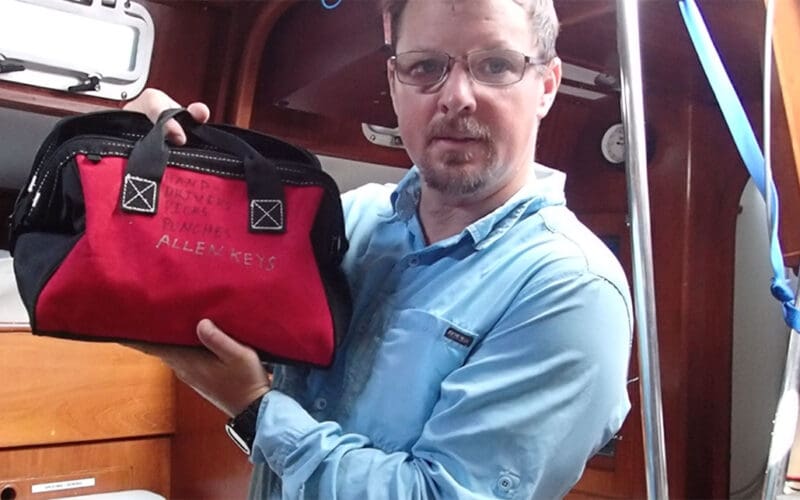
Your greatest protection against mechanical breakdown is preventive maintenance, but if you do have a problem, having the right tools and spares onboard, with the skills to use them, will keep you going on the water. Once you have the basic tools and start doing your own work, your tool inventory will grow. So will your confidence regarding problem solving. When it comes to buying boat tools, don’t blow your cruising budget on high end, or even new tools. The best way to build your kit is from mismatched, garage sale items that you don’t care about damaging, altering, or…
